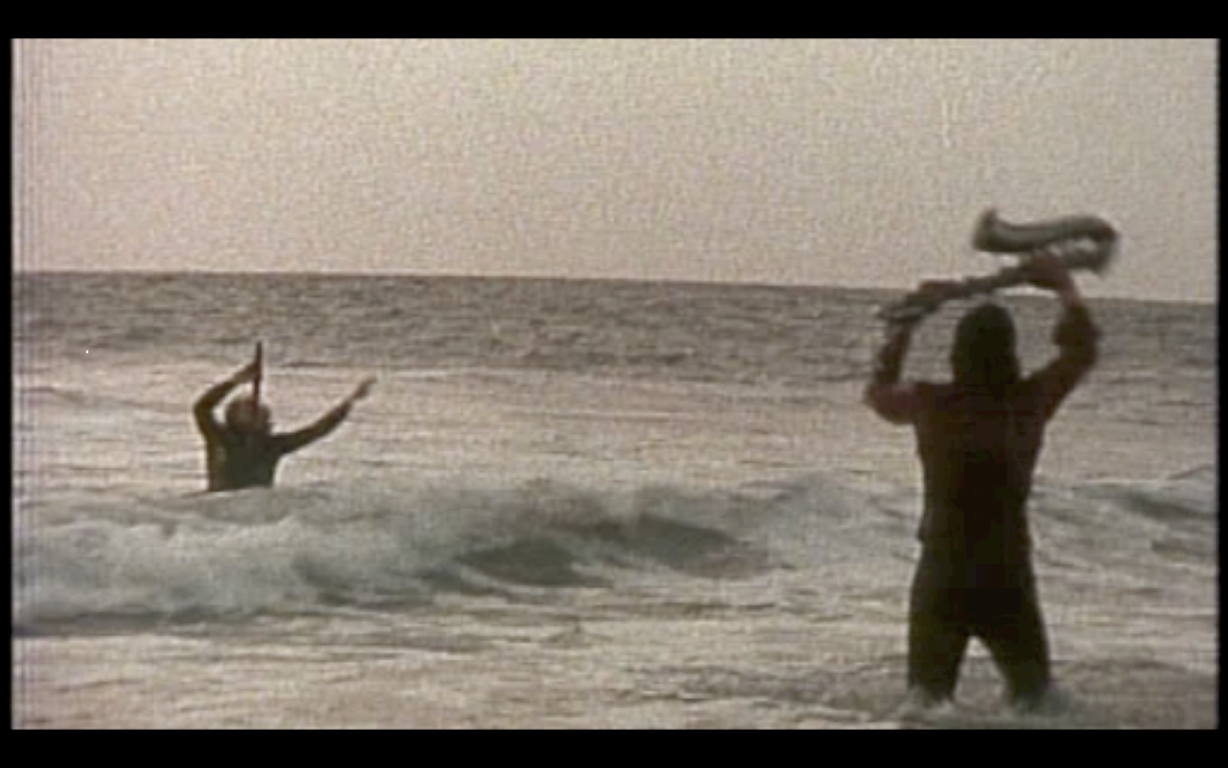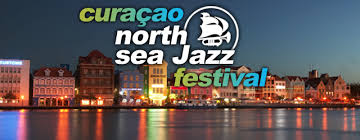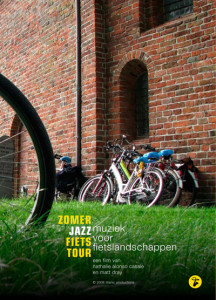A position paper (no. 3) presented to the CHIME project team meeting, Amsterdam Conservatory, February 4 2016
Elsewhere, in a research project with the title From Working Space to Theatre Space: the user perspective, I am working on the question ‘How adaptive re-use of heritage sites can re-signifie the various values and meanings connected to these sites and the cultural events that take place there.’ With the help of audience research I aim at gaining insight in the relationship between the perception of (in this particular case industrial) architectural theatre spaces and the perception of theatrical events hosted there. It becomes clear that an important aspect in visitors’ experiences when it comes to cultural heritage sites, is cultural memory. My results from focus groups illustrate that memory can be present at different levels and take up different roles in audience experiences. The responses of audience members in the above mentioned audience research indicate that memory can become part of the experience for example by:
- Having direct memories of the place;
- Knowing the place as (an important) part of history;
- Being reminded of similar situations;
- The place symbolizing an era;
- The place activating related memories;
- The place activating the imagination;
- The place provoking curiosity.
It seems that the relationship visitors have to the place or location is an important factor in determining the role that cultural memory can or will play, and this also goes for the attitude audiences have towards the art form concerned. So, when studying the intertwining relationship between jazz festivals and heritage locations, it becomes important to gain insight in questions like:
- Are audiences familiar with the place and its history?
- How familiar are audiences with the historical narratives attached to jazz?
- What values do audiences attach to the location/landscape and to jazz music?
It is doubtful that a lot of festival organizations will have any data available concerning these questions, since even more plain audience statistics do not seems to be generally available. CHIME might have a task here, starting with the selected case studies.
It would also be interesting to confront these questions with festival organizations’ mission & vision towards the relationship between music and place and audiences and place (if any), to evaluate up to what extend festival organizations are aware of their potential and their actual impact concerning the (re)-use of heritage.
For example, what kind of audiences is targeted at?
- (Yearly) returning audiences?
- Incidental festival audiences?
- Local audiences?
- Tourism targeted audiences?
- Pluriform audiences?













